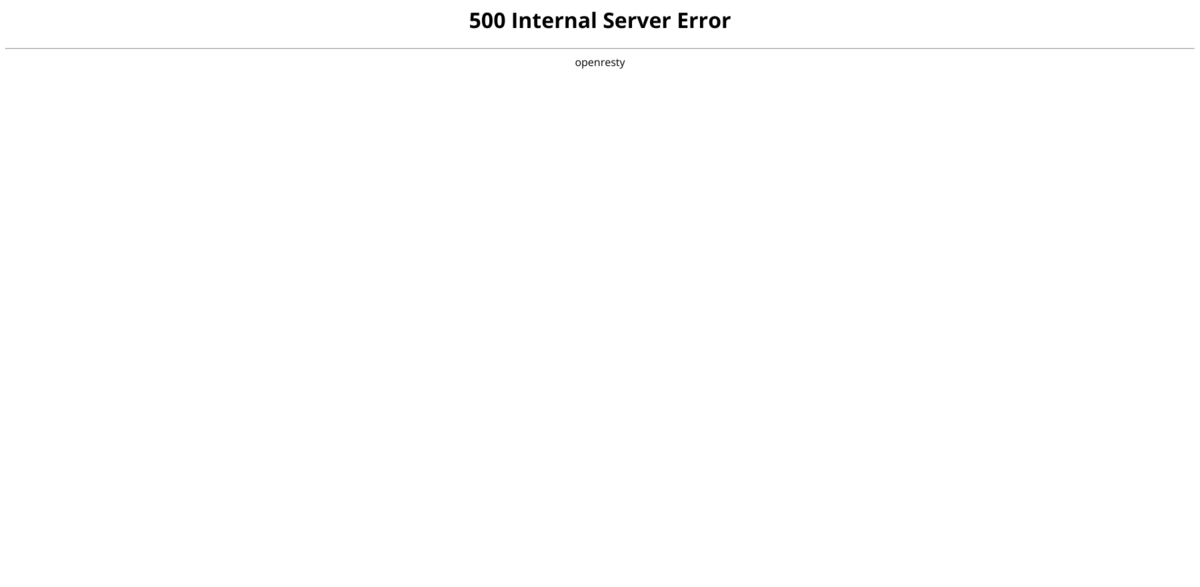What Giant Leap Is All About
Giant Leap is on a mission to back founders who are tackling some of the world’s toughest challenges—think climate, health, and people. Launched in 2016, it proudly stands as Australia’s first venture capital fund fully dedicated to impact startups. These aren’t just any startups; they’re companies harnessing technology and innovation to shake up industries and create transformational change. The goal? To turn measurable impact into lasting change. And yes, they’re serious about it.
The Main Benefit: Real Impact, Real Numbers
Giant Leap’s investments aren’t just feel-good stories—they come with some impressive stats:
- 205,000+ tonnes of CO2 emissions avoided
- Over 84,000 cars taken off the road
- $200 million in health savings to the healthcare system
- Approximately 1 million people positively impacted by improved workplace policies
These figures show that impact investing can deliver strong financial returns while making a genuine difference in the world.
How Giant Leap Approaches Climate Action
Giant Leap isn’t just investing in climate solutions—they’re walking the talk. The fund actively measures and manages its own carbon emissions, ensuring accountability. Plus, they fund certified climate projects to offset emissions, making their commitment tangible and transparent. It’s a full-circle approach that blends investment with responsibility.
Projects Recently Funded: A Closer Look
Some of the latest projects Giant Leap has supported highlight the diversity and depth of their impact:
- Mount Sandy Conservation, Australia: Partnering with the Ngarrindjeri people, this 200-hectare land conservation project focuses on revegetation with native plants and protecting native wildlife.
- Cool Fire Traditional Land Management, Australia: This initiative combines traditional knowledge with modern technology to reduce fire risk and cut carbon emissions.
- Coorong Lakes Biodiversity Conservation, Australia: Working alongside Traditional Custodians, this project protects landscapes and connects habitats.
- Katingan Peatlands Conservation, Indonesia: Focused on protecting and restoring peat swamp ecosystems, this project tackles carbon storage and biodiversity.
Why Impact Investing Matters
Impact investing is more than a buzzword—it’s a powerful way to channel capital into startups that prioritize social and environmental benefits alongside financial returns. Giant Leap’s focus on climate, health, empowerment, education, and diversity shows how investment firms can drive meaningful change. It’s about supporting ventures that don’t just grow profits but also grow positive outcomes for people and the planet.
Project Impact and Sustainable Development Goals (SDGs)
- SDG 3: Good Health and Well-being
- SDG 5: Gender Equality
- SDG 7: Affordable and Clean Energy
- SDG 8: Decent Work and Economic Growth
- SDG 10: Reduced Inequalities
- SDG 13: Climate Action
- SDG 15: Life on Land
The Bigger Picture: Giant Leap’s Role in the Equity Investing Landscape
Operating within the developed markets equity investing space, Giant Leap stands out by integrating a high B Corp score of 116.4, reflecting its commitment to social and environmental performance. This approach challenges the traditional investment model, proving that venture capital can be a force for good. By focusing on startups that prioritize impact, Giant Leap is reshaping how investment firms think about returns—both financial and societal. It’s a giant leap forward, indeed.





















